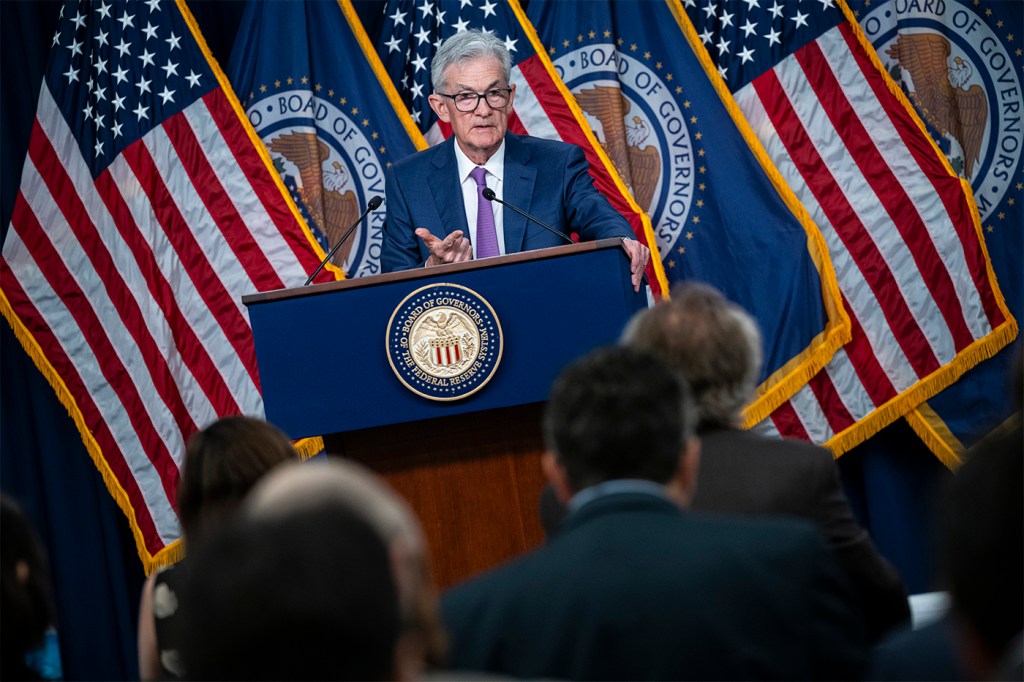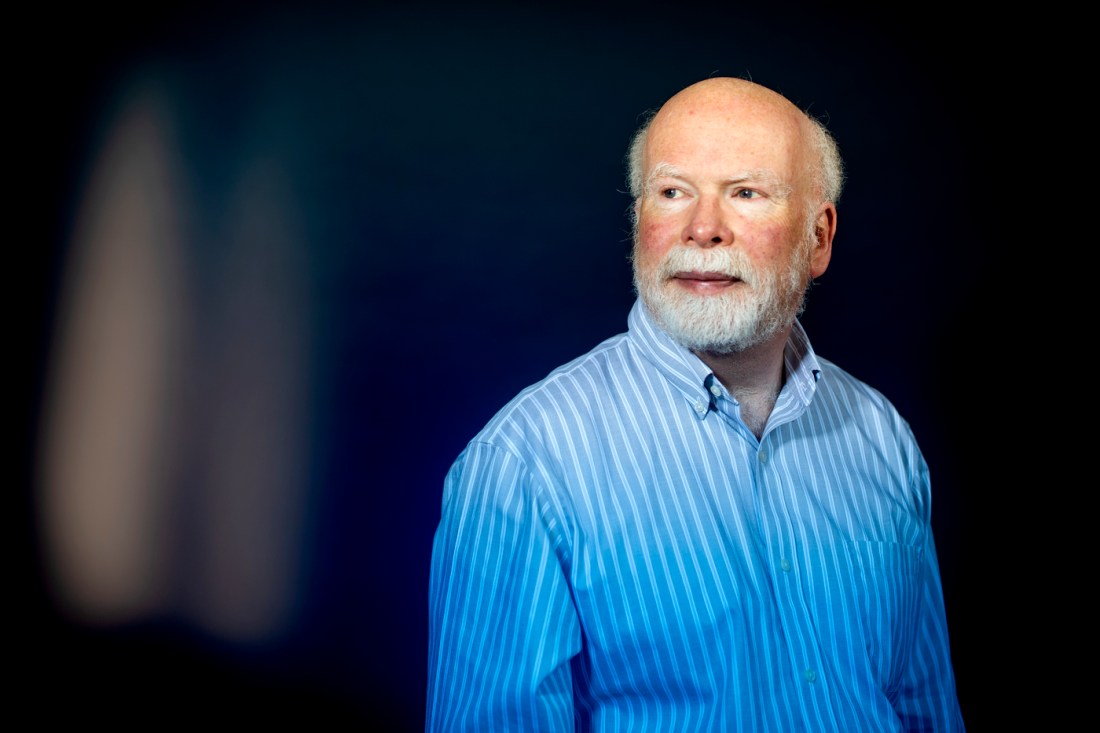Why the days of ultra-low interest rates are likely over, Northeastern expert explains

Although the Federal Reserve held interest rates steady at roughly 5.3%, some economists still predict rates will be cut, likely this year.
What is unlikely, however, is a return to the ultra-low, just-above-zero rates of the last decade, says Northeastern University economist Robert Triest.
“My best guess is that we’ll be going back down to rates not as low as we had between the financial crisis and the end of the pandemic, but a lot lower than we’re at now,” says Triest, professor and chair of economics at Northeastern.
“My best bet is roughly what the Fed has published, that the rates will be going back down to a little over 2½% for the ultra short-term rate,” he says.
The Federal Reserve sets the federal funds rate, which is the rate at which banks lend to each other on an overnight basis to make sure that they all have sufficient reserves. The federal funds rate in turn affects other interest rates such as those on Treasury notes and Treasury bonds, and the rates at which banks can offer mortgages, interest on accounts, car loans, etc.
By raising the federal funds rate, the Fed can try to cool an overheated economy, as it costs more to borrow money and demand falls. Similarly, by lowering rates, the Fed can try to stimulate an economy by making it easier to borrow money.

On Wednesday, the Federal Reserve announced that it was keeping the federal funds rate at between 5.25% and 5.5%.
The decision was what most economists expected, Triest says. But 5.25% to 5.5% represents quite a change from where rates have been for much of the past two decades.
Federal fund rates hovered just above 0% from the 2008 financial crisis until 2016, then returned to that area during the pandemic. Mortgage rates generally tracked a few percentage points higher, between 3.7% and 5.2%. Savings rates dipped to between 0.01% and .10%.
Since February 2022, the central bank has raised the federal funds rate by more than five percentage points in order to combat inflation. A 30-year fixed rate mortgage now averages 7.22% and some savings accounts are offering rates above 5%.
The Fed’s decision to keep the rate steady was also quite different from the expectation early in the year that the Fed would cut rates six times this year beginning in March. Inflation has cooled from a peak of 7.1% in 2021, according to the Fed’s preferred measure, to 2.7%. But lately, that progress seems to have stalled — as costs relating to housing and health care and auto insurance continue to surge.
Featured Posts
As a result, Federal Reserve Chairman Jerome Powell said Wednesday that the central bank would wait to cut rates until it saw further evidence of falling inflation.
“A lot of it is managing expectations,” Triest says. “Even though most of the Fed officials are probably fairly confident that inflation is going to continue coming down despite this blip in the first quarter, they’ll wait until we see that in the data — partly to reassure themselves, but mostly to reassure the public that they’re fully committed to the 2% inflation goal and they’re not going to decrease rates until we see that in the data.”
So, if the Fed is managing expectations, what exactly are those expectations? Here there’s a little controversy among economists.
“Was that period of ultra-low rates between 2007 and until fairly recently an aberration?” Triest asks rhetorically. “If that’s the case — it was all just special circumstances — then we’d expect the longer-term rates to be roughly where they are now, maybe come down a little bit but not much.”
“Or were there more fundamental economic forces during that period that were pushing down interest rates?” Triest continues.
For example, slowing population growth in the United States and other advanced economies is driving down interest rates, Triest says, because less growth in the working-age population means less need for new capital spending, and reduced demand to borrow money to finance new investments.
On the other hand, Triest notes the world is in the midst of an energy transition from fossil fuels to renewables — committed, through the Paris Agreement, to slashing carbon emissions.
“That’s going to require a large amount of capital investment,” Triest says. “The capital investment is going to increase the amount of debt being issued and so that would tend to push up interest rates.”
Monitoring it all, will be the Fed.
“I would be surprised if the Fed went below 2.5% unless it sees signs of a recession developing and inflation dropping below the Fed’s target,” Triest says. “I would not be especially surprised if the Fed stops decreasing the Federal Funds rate somewhat short of going all the way down to 2.5%; for example, it might stop at 3%.”










